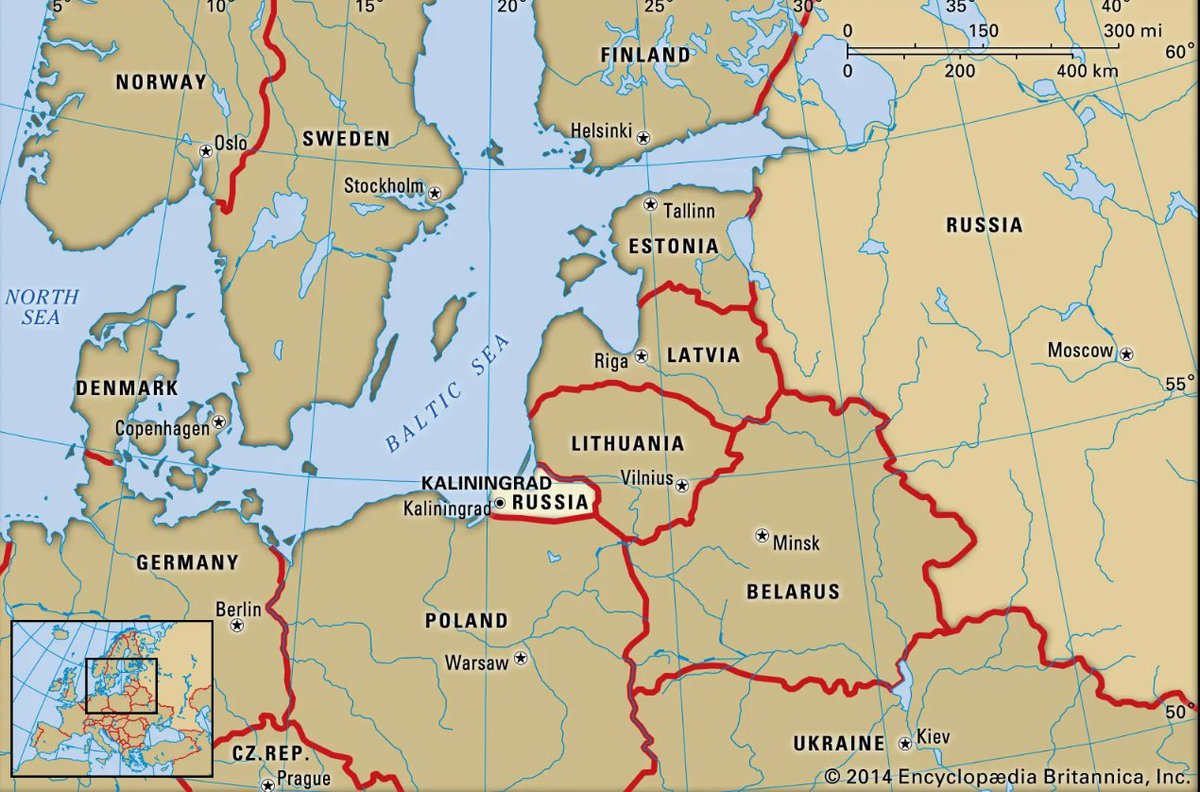Very interesting read on Soviet combat engineering & river crossing tactics. A few things stuck out to me based on casual observations of the war in Ukraine.
Very short 🧵
1/

Very short 🧵
1/
https://twitter.com/Combination_K/status/1836896455698608549

Some of the more recent pontoon bridging examples seen in Kursk & elsewhere did not seem to follow their own established doctrines - many of these attempts appeared extraordinarily hasty but also completely unsupported. Is this indicative of an atrophy in engineer training?
2/
2/

This could also simply be a side effect of Ukraine achieving surprise. From the Russian point of view, a few hastily assembled pontoons sent to the bottom are a suitable tradeoff for evacuating armor & men from encirclement - assuming they make their escape.
3/
3/

One point away from my engineer training atrophy theory is noting how sturdy the defenses were in Zaporizhzhia during the 2023 counteroffensive. There was no easy day in the face of defenses like these. Bridging, however, is it's own animal - and carries different risks.
4/
4/

The second item that really stands out is more of a reminder: NATO needs significantly more wet-gap crossing capabilities for Europe.
Should a major war kick off, shortages would immediately become apparent as crossings are targeted w/ long range fires & drones.
5/
Should a major war kick off, shortages would immediately become apparent as crossings are targeted w/ long range fires & drones.
5/

The U.S. has not conducted contested wet-gap crossing operations against a true peer in decades.
We can expect higher losses of bridging equipment and material than we are able to replace.
Fortunately, lessons from Ukraine are being applied.
6/
ausa.org/news/paper-urg…
We can expect higher losses of bridging equipment and material than we are able to replace.
Fortunately, lessons from Ukraine are being applied.
6/
ausa.org/news/paper-urg…
I'm working on a more in depth article & video discussing this very topic, but wanted to share a few quick thoughts based on some personal takeaways from that thread.
I'll be sharing here when completed: youtube.com/@TripWired1
I'll be sharing here when completed: youtube.com/@TripWired1
One other bit of context I accidentally left out:
Is the Russian wet-gap crossing experience in Ukraine indicative of poor training, bad luck, or is it simply a reflection of how difficult a contested crossing operation is in the age of cheap drone swarms and long range fires?
Is the Russian wet-gap crossing experience in Ukraine indicative of poor training, bad luck, or is it simply a reflection of how difficult a contested crossing operation is in the age of cheap drone swarms and long range fires?
• • •
Missing some Tweet in this thread? You can try to
force a refresh




















